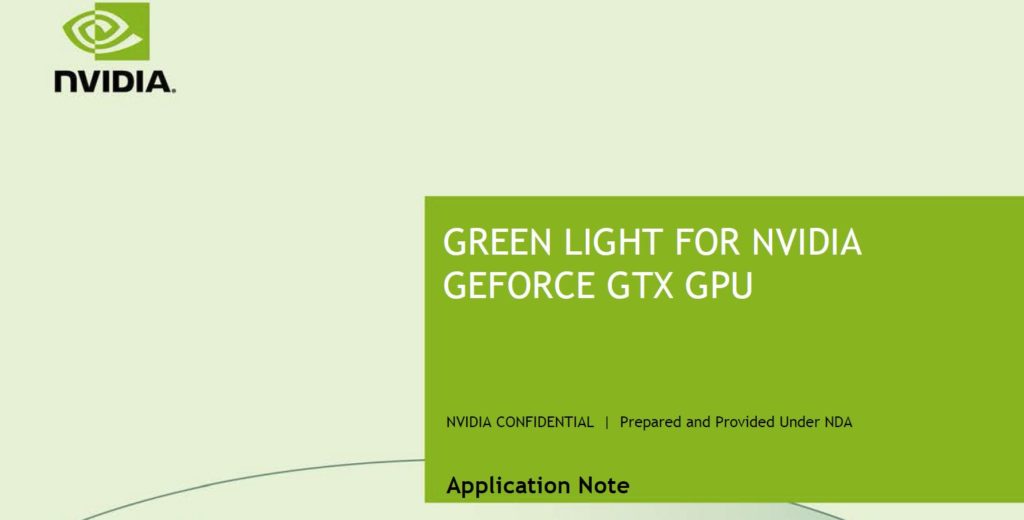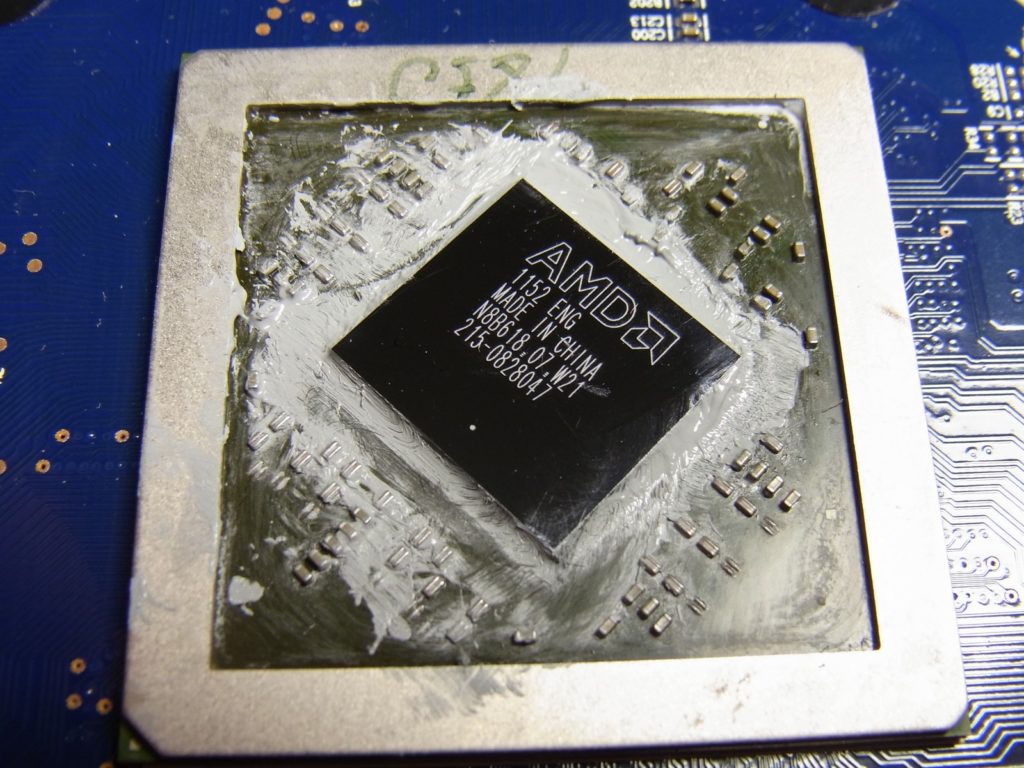The topic is plentiful complex and hot and ideally suited to provoke even neat emotions. I would therefore like to preface this article with a preliminary remark, which iamplease keep in mind during the reading. After all, I have thought for a long time whether and how what has accumulated here in my desk and in my head in recent years can be squeezed in article form in a reasonably unemotional and comprehensible way. The fact that I am doing this today is certainly also due to the time interval that I have allowed myself and the companies concerned.
What is it all about? On the one hand, we have “Nvidias Rules”, i.e. the mysterious “Green Light” Program (GLP), which every product has to go through at the board partner, and we will see by way of an example that this interpretation of a quality monitoring, often referred to as a gearing, is not so absurd. Jensen may be subject to a lot of things, but what Nvidia is now so iare has contributed to the success of the products. And we will also learn later how it is, for example, AMD is creating to split regions or push non-board partners (AIB) out of the market to protect its own partners.
Good partner, bad partner? Anyone who approaches this with too many emotions or color preferences is deliberately ignoring the fact that all of their competitors are market- and profit-oriented companies that are committed to their investors and who are closer to the dividend than any happy Klaus-Kevin, who has turned the empty graphics card boxes into a religious shrine and believes in the Church of the Holy 3 Pixels. Religious-fanatic fanboyism is always the worst counselor, Master Jensen not Jesus and Aunt Lisa also not the mother Theresa for distressed eSportsmen.

For all the conspiracy theorists with whom I was talking about Nvidia’s all-encompassing NDA at the time, and who, even then, had given themselves an absolute power of interpretation in multimedia: I have not yet been put on dry bread or whipped up by lawyer. One should be able to look at many things with a certain composure and still be able to see the limits. This is a reminder that it may also be enough to argue that it is not possible to publish the very latest assets or to publish the very latest assets. to leave the necessary distance for all parties involved.
After all, if you also ask the authors of such NDAs (which don’t just come from Nvidia) and not only suspect or even let third parties oracle, then most of them relax on their own. Speaking of tension: That’s where I start right now on the second page, also to make the point of certain measures clear. Because out of sheer boredom, no manufacturer does that. This example on the next page is quite vivid for some of the technical curiosities that have run so far over me in recent years.
For example, an engineering sample of a Radeon HD 7830 from AMD is an example of things that the end user never saw or sees. This map was eagerly awaited by many at the time and never appeared on the North American or European market. Instead, AMD sent a completely overturned and inflated HD 7790 into the race, which then died faster than the flies. Funnily enough, many of these 7830 chips later reappeared in China on special cards – as HD 7850 (LE), but were never allowed to be exported. AMD has been able to prevent this quite thoroughly and emphatically.
AIB or AIC – the partner choice
First of all, I would like to pre-introduce a small definition, which is very important for classifying the term Board Partner. Many will have already wondered what AIC or AIB mean. Companies such as AMD or Nvidia design the GPUs, have these chips manufactured by companies such as TSMC or Globalfoundries and then by specialists such as Ase as a package on the BGA. These packages are then sold together with the appropriate storage only as bundles to the board partners.
This is usually called add-in card (AIC) partner by Nvidia, at AMD this is usually called add-in board (AIB) partner, who then design their own boards and cards based on the respective specifications of the chip manufacturer. For most cards, the chip manufacturers also develop a so-called reference design as orientation. But even if there are not always reference designs to see for the end customer, there is a so-called Base Design Kit for each chip internally, i.e. a very narrow specification of how the card should look technical and electric. Board layout, assembly, firmware – nothing is left to chance. But more on that later.
But in addition to the global partners, there are also regional suppliers and brand owners who only license and sell products labelled. I will also have an example of this later. But first we come to two small trips into the world of why both Nvidia and AMD have tightened the thumbscrews so tightly.


































Kommentieren